Physical Address
304 North Cardinal St.
Dorchester Center, MA 02124
Physical Address
304 North Cardinal St.
Dorchester Center, MA 02124
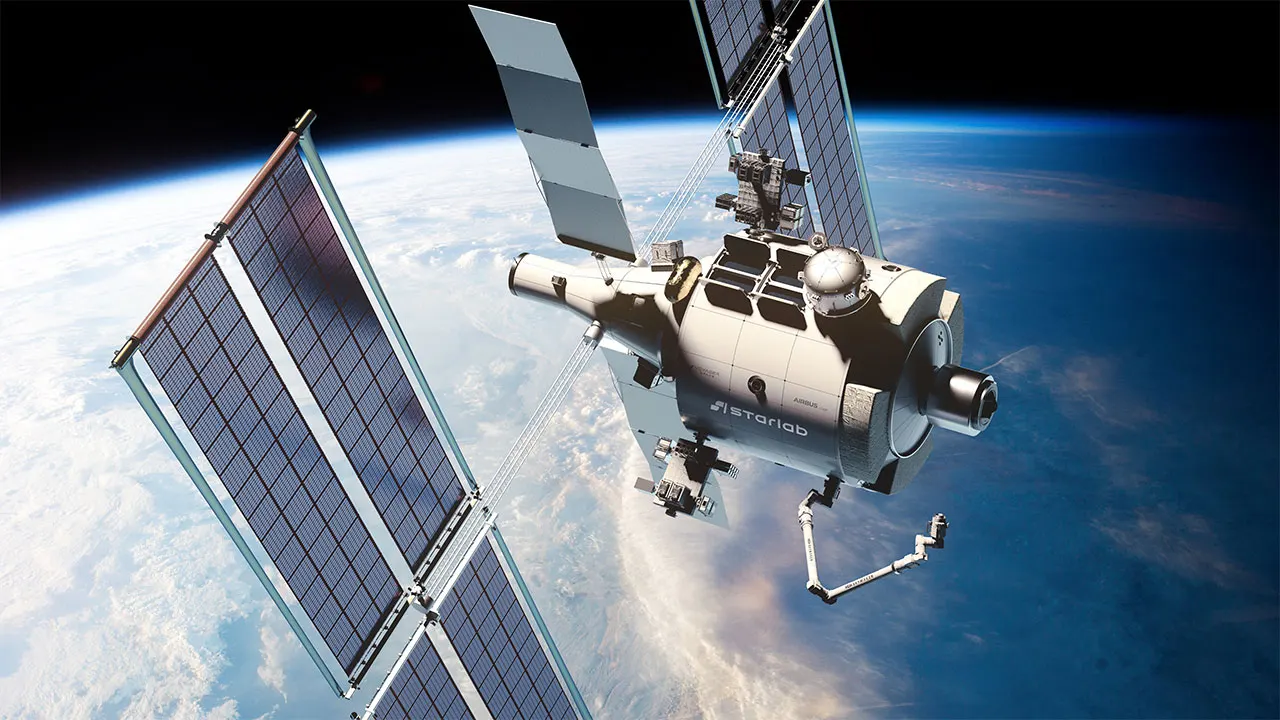
This week, NASA finalized its maintenance strategy human presence in space. The document emphasizes the importance of maintaining the ability to remain in orbit for extended periods after the retirement of the International Space Station.
“NASA’s low-Earth orbit microgravity strategy will guide the agency toward the next generation of permanent human presence in orbit, enable greater economic growth, and sustain international partnerships,” the document said.
The commitment comes amid questions about whether the new space stations will be operational. With the new Trump administration’s efforts to cut spending through the Department of Government Efficiency, there are also fears NASA could face cuts.
INTERSTELLAR VOYAGER 1 RESUMES OPERATIONS AFTER BREAK IN COMMUNICATIONS WITH NASA
“Just as everyone has to make tough decisions when budgets are tight, we’ve made some decisions over the last year, in fact, to cut programs or eliminate them all together to make sure we’re focused on our highest priorities,” said NASA Vice President- of manager Pam Melroy.
The commercial space company Voyager is working on one of the space stations it could replace International Space Station when it deorbits in 2030. The company welcomed NASA’s strategy to keep people in space.
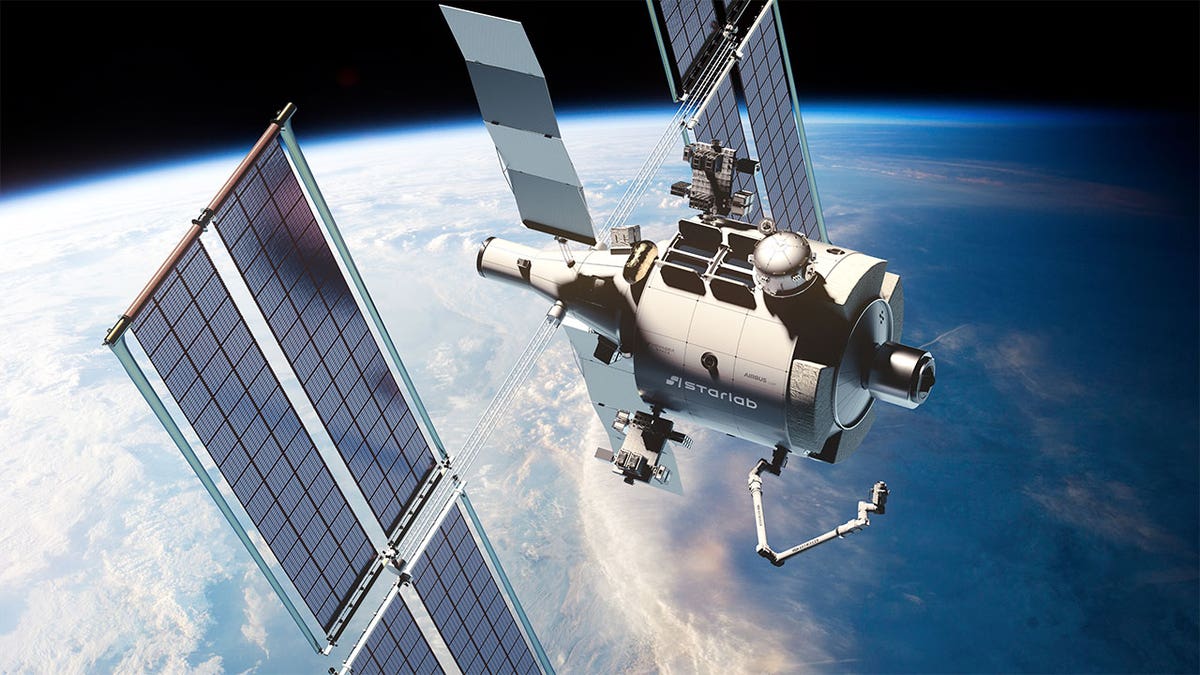
The display shows the Voyager spacecraft. Voyager is operating on one of the space stations that could replace the International Space Station, which is expected to be retired in 2030. (Voyager Space)
“We need that commitment because our investors are saying, ‘Is the United States committed?'” said Jeffrey Manber Voyager, president of international and space stations.
President Reagan first initiated the effort to keep humans in space permanently resident. He also warned against the need for private partnership.
“America has always been greatest when we dared to be great. We can achieve greatness,” Reagan said during the 1984 State of the Nation Address. “The market for space transportation may exceed our capacity to develop it.”
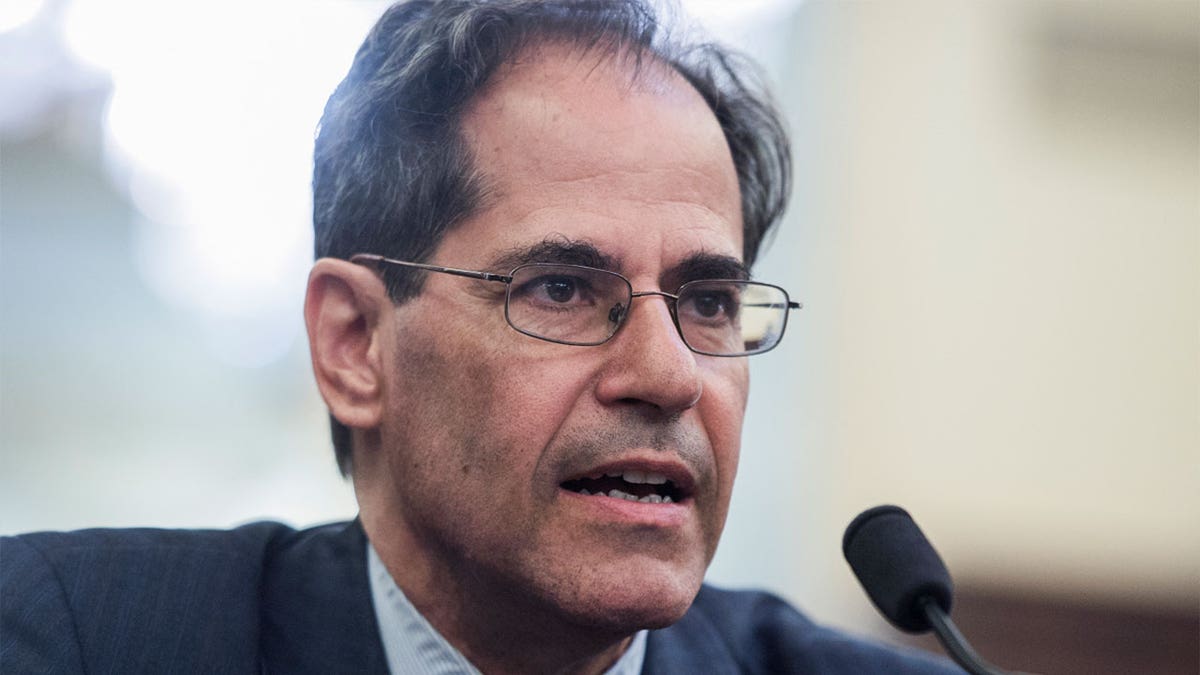
Jeffrey Manber, president of International and Space Stations at Voyager Space, praised NASA’s commitment to researching how to sustain a human presence in space. (Associated Press)
The first part of the ISS was launched in 1998. Since then, it has hosted more than 28 people from 23 countries. For 24 years, humans have continuously occupied the ISS.
The Trump administration released a national space policy in 2020 that calls for maintaining a “permanent human presence in Earth orbit” and also emphasizes the need to transition to commercial platforms. The Biden administration maintained that policy.
NASA ROVER CAPTURES SILHOUETTE OF MARSIAN MOON IN STUNNING VIDEO
“Let’s say we didn’t have commercial stations ready to go. Technically, we could keep the space station going, but the idea was to fly it by 2030 and deorbit it in 2031,” NASA Administrator Bill Nelson he said in June.
In recent months, questions have been raised about whether the policy will stick.
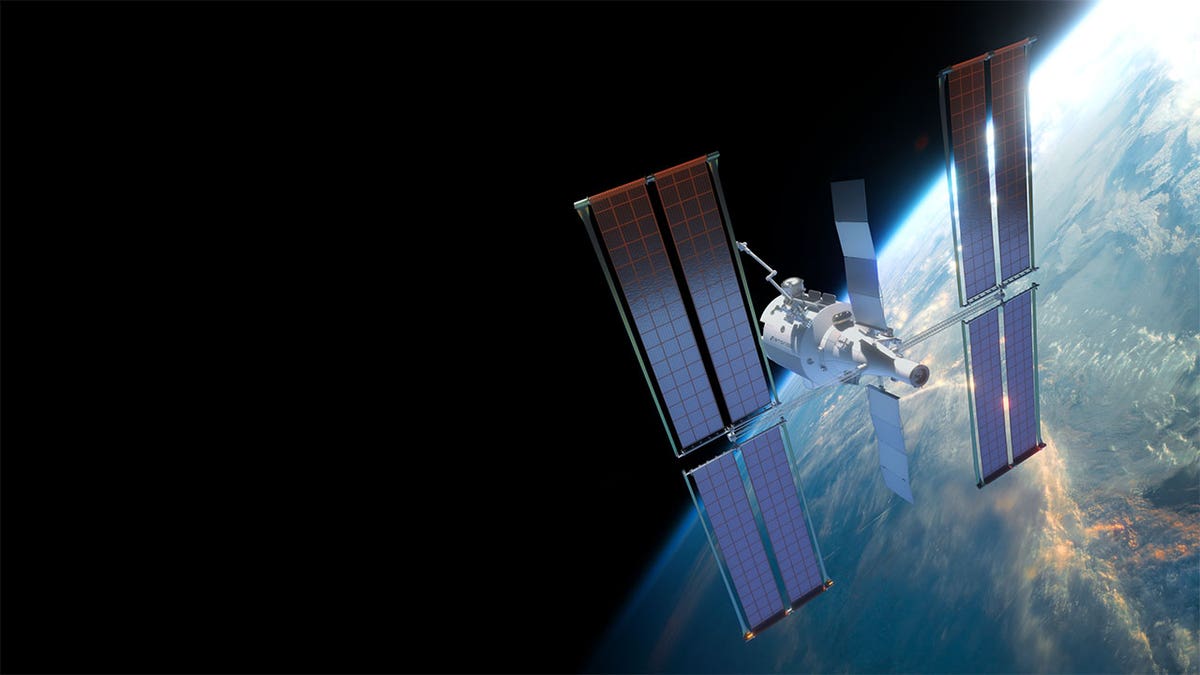
The rendering shows the Voyager spacecraft hovering in orbit above Earth. (Voyager Space)
“I just want to talk for a second about the elephant in the room, the continuous human presence. What does that mean? Is it a continuous heartbeat or is it a continuous ability? Although we originally hoped that this would just come out of this process, we’re still talking about it and understanding that,” Melroy said at the International Astronautical Congress in October.
NASA’s finalized strategy took into account the concerns of commercial and international partners about what it would mean to lose the ISS without a commercial station ready to operate.
“Almost all of our industry partners agreed. A continuous presence is a continuous heartbeat. And that’s how we stand by it,” Melroy said. “I think this constant presence, that’s leadership. Today, the United States is the leader in human spaceflight. The only other space station that will be in orbit when the ISS comes out of orbit, if we don’t establish a commercial destination in time, will be the Chinese space station station, and we want to remain the partner of choice for our industry and for our NASA goals.”
Three companies, including Voyager, are working with NASA to develop commercial space stations. Axiom has signed a contract with NASA 2020. In 2021, the agency awarded contracts to Nanoracks, now part of Voyager Space, and Blue Origin.
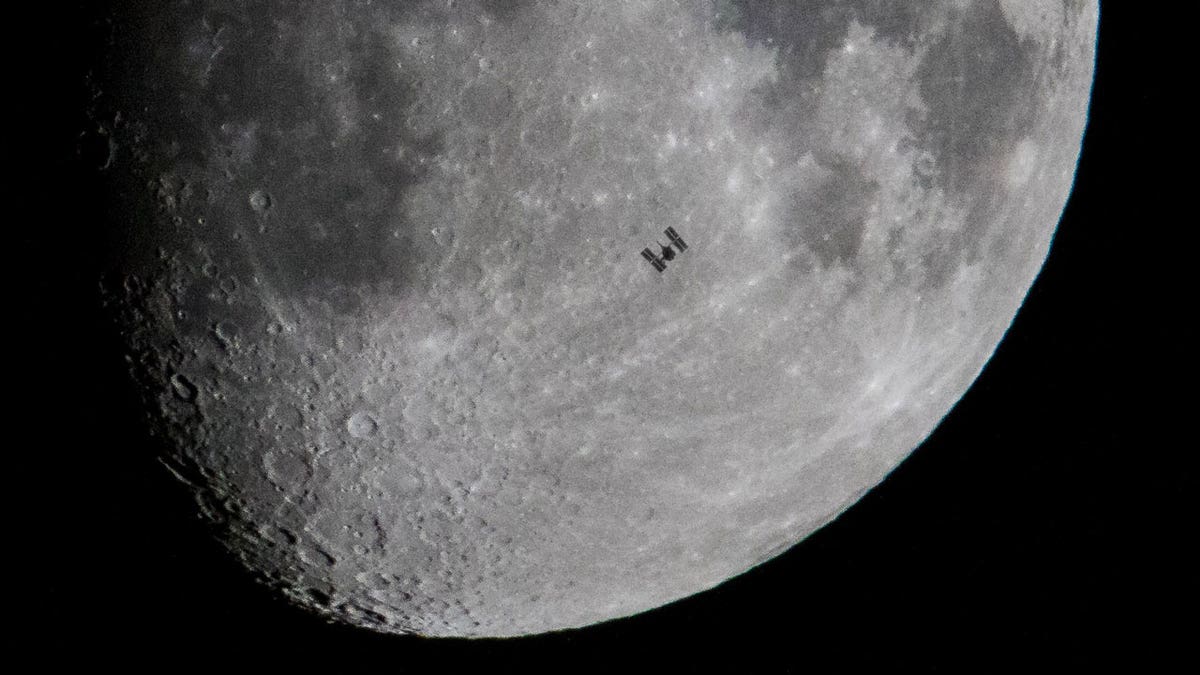
The rendering shows the Voyager spacecraft from a distance, passing in front of the Moon. (Voyager Space)
“We’ve had some challenges, to be completely honest with you. The budget caps that were the deal between the White House and Congress for the fiscal year (2024 and 2025) have left us without as much investment. So what we’re doing is we’re co-investing with to our commercial development partners, but I think we can still make it happen before the end of 2030, to get the commercial space station up and running so that we have continuous heartbeats of American astronauts in orbit,” he said. Melroy.
Voyager says it is not behind in the development process and still plans to launch its space station in 2028.
CLICK HERE TO DOWNLOAD THE FOX NEWS APP
“We’re not asking for more money. We’re moving forward. We’re ready to replace the International Space Station,” Manber said. “Everyone knows about SpaceXbut there are hundreds of companies that have created a space economy. And if we lose a permanent presence, you lose that supply chain.”
Additional funding has been secured for three companies since the initial space station contracts. The second round of financing could be crucial for some projects. NASA could also provide funding for proposals for new space stations. One perspective is Long Beach, the vast expanse of California. The company recently unveiled concepts for its Haven modules. It plans to launch Haven-1 next year.
“We absolutely think competition is key. This is a development project. It’s challenging. It was difficult to build the space station. We’re asking our commercial partners to step up and do it themselves with our help. We think what’s really important is that in the future we have as many option to see which one really plays out when we get there,” Melroy said.